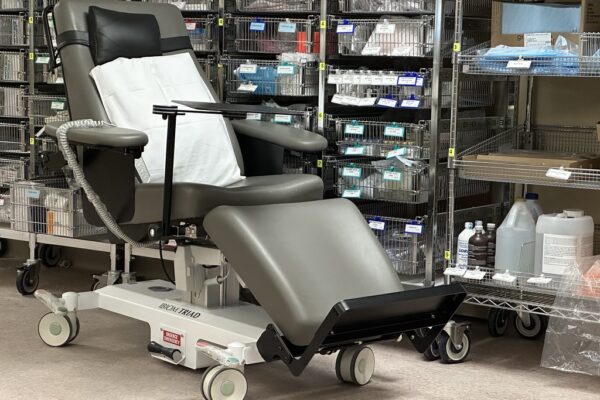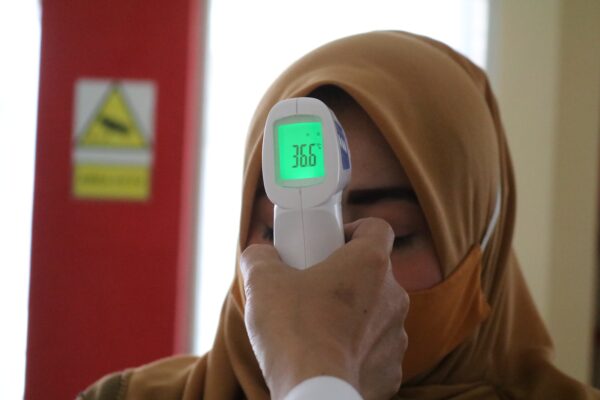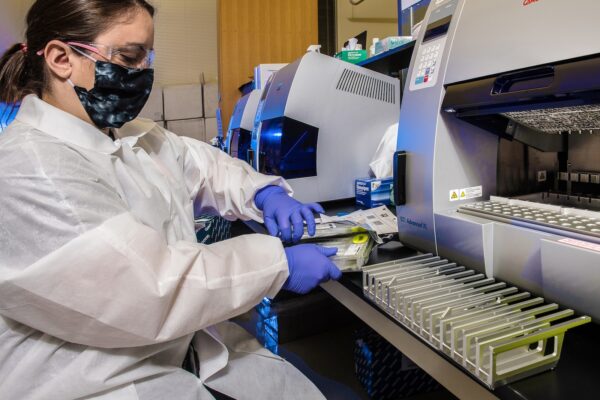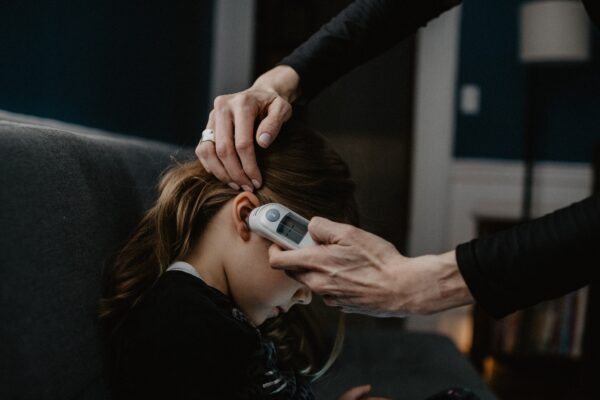Stay Toasty: The Benefits of Using a Forced Air Patient Warming System
Unlock the secret to keeping patients warm with our revolutionary forced air patient warming system – the ultimate game-changer!
When it comes to patient care, maintaining optimal body temperature is crucial for promoting comfort and improving outcomes. A forced air patient warming system is a medical device that helps regulate and maintain a patient’s body temperature during surgical procedures or in recovery. In this blog, we will delve into the various benefits of forced air patient warming systems, highlighting their contribution to patient comfort, infection prevention, and overall positive medical outcomes.
Temperature Management in Healthcare
Body temperature management plays a critical role in healthcare. Maintaining normal body temperature is vital for physiological function and optimal survival rates. Fluctuations in temperature, such as hypothermia or hyperthermia, can have adverse effects on patient healing, blood loss, infection rates, and surgical outcomes.
Stay Toasty: Discover the Benefits of Forced Air Warming
Subscribe now and never miss an update or exclusive content!
One remarkable tool in temperature management is the forced air patient warming system. This system helps achieve and maintain the proper body temperature during medical procedures or post-surgical recovery.
Understanding Forced Air Patient Warming Systems
A forced air patient warming system works by capturing ambient air, warming it, and directing it through disposable blankets or garments that envelop the patient’s body. These systems provide targeted warming, allowing healthcare professionals to choose between localized or full-body warming based on the patient’s needs. The use of different blanket sizes and configurations ensures maximum comfort and adaptability.
Ensuring patient safety is also a priority with forced air warming systems. Built-in safety measures prevent burns or overheating, guaranteeing the patient’s well-being throughout the procedure.
Ensuring Patient Comfort
Forced air patient warming systems offer several benefits that enhance patient comfort during medical procedures or recovery.
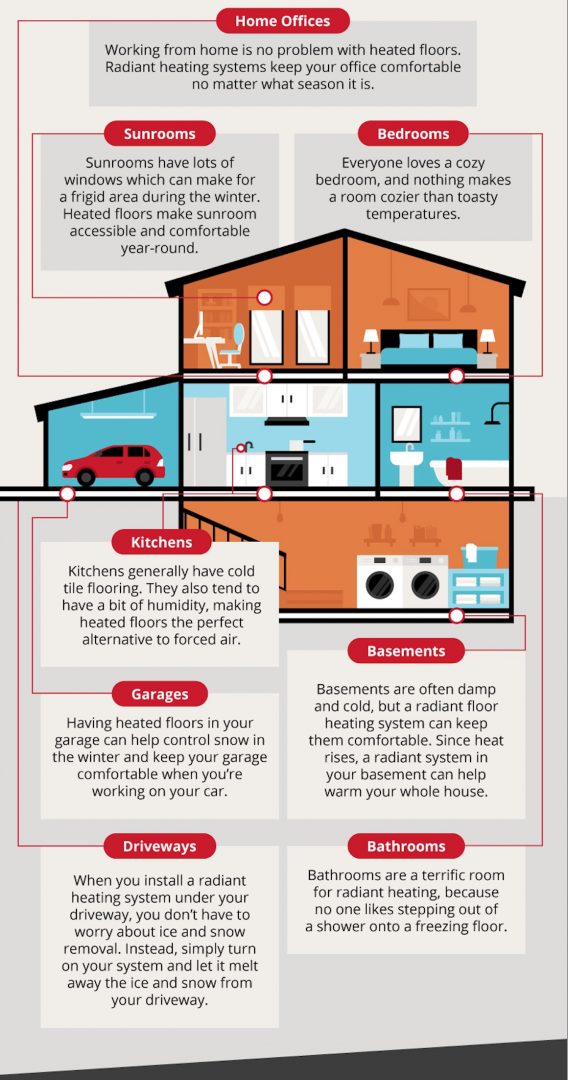 Image courtesy of www.warmup.com via Google Images
Image courtesy of www.warmup.com via Google Images
Firstly, the warmth provided by the system creates a soothing environment, helping patients relax during what can be an anxious time. By reducing anxiety, warm air therapy minimizes shivering, leading to improved overall patient comfort and reducing the need for additional medications.
Additionally, enhancing patient comfort through optimal temperature management has a direct impact on the recovery process. Studies have shown a correlation between patient comfort and reduced recovery times as well as post-surgical complications. By prioritizing patient comfort, forced air warming systems contribute to improved medical outcomes and enhanced patient satisfaction.
Infection Prevention
Maintaining normothermia, or normal body temperature, is crucial for preventing infection in surgical patients. Low body temperature compromises the immune system, making patients more susceptible to infections.
Forced air patient warming systems act as valuable infection control tools. By maintaining optimal body temperature during procedures, these systems can significantly reduce surgical site infections, wound complications, and overall hospital-acquired infections.
Several studies have demonstrated the efficacy of forced air warming systems in infection prevention. These systems play a vital role in creating a safe and sterile environment for both patients and healthcare professionals, contributing to improved patient outcomes.
Positive Medical Outcomes
Forced air patient warming systems have been shown to have a positive impact on a variety of medical outcomes.
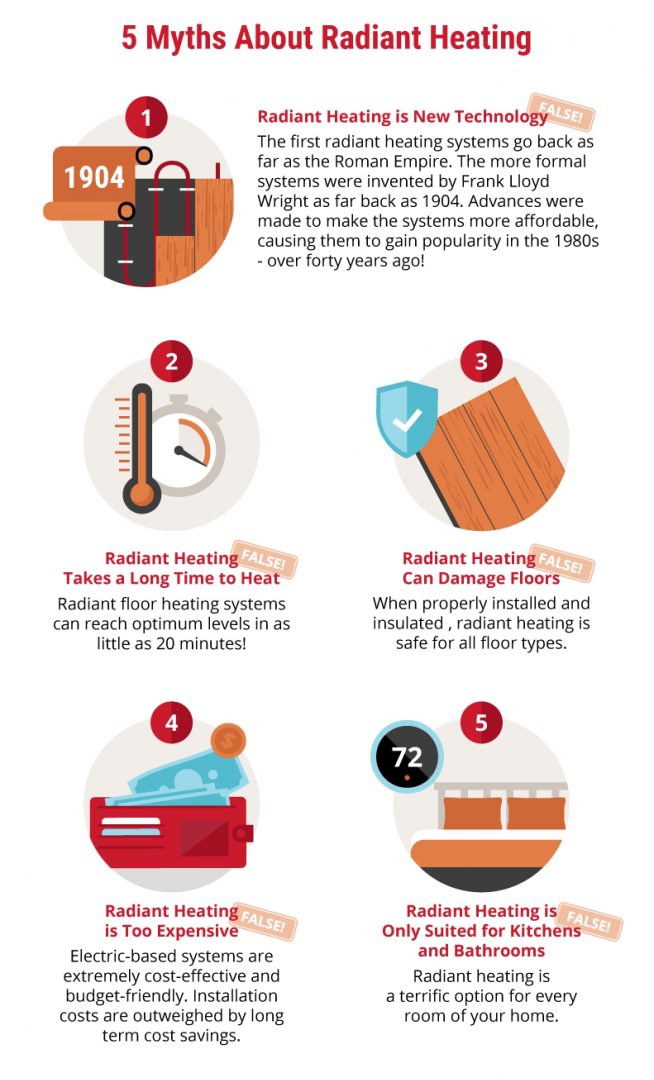 Image courtesy of www.warmup.com via Google Images
Image courtesy of www.warmup.com via Google Images
One significant benefit is the reduction in blood loss during surgical procedures. Forced air warming promotes vasodilation, leading to improved blood flow and decreased blood loss. This not only contributes to better surgical precision but also reduces the need for transfusions, resulting in better patient outcomes.
Furthermore, patients who receive optimal temperature management through forced air warming systems experience faster recovery times. Studies have demonstrated that maintaining the patient’s body temperature leads to shorter hospital stays and reduced readmission rates. By facilitating a smooth recovery process, forced air patient warming systems alleviate the burden on healthcare facilities and contribute to a more efficient healthcare system.
Not only do forced air warming systems benefit patients, but they also offer cost-effectiveness for healthcare providers. Through the prevention of post-operative complications and reduced recovery times, the implementation of forced air patient warming systems can result in substantial cost savings. These systems improve patient satisfaction and contribute to a higher quality of care, making them an excellent investment for healthcare facilities.
Conclusion
Forced air patient warming systems bring numerous benefits to both patients and healthcare providers. By ensuring optimal body temperature, these systems enhance patient comfort, prevent infections, and contribute to positive medical outcomes. It is essential for healthcare providers to prioritize patient comfort and well-being through the utilization of advanced temperature management technologies like forced air patient warming systems.
Implementing these systems can lead to shorter hospital stays, reduced risks of complications, improved patient satisfaction, and overall cost savings. By recognizing the value of forced air patient warming systems, healthcare facilities can provide better care and achieve better outcomes for their patients.

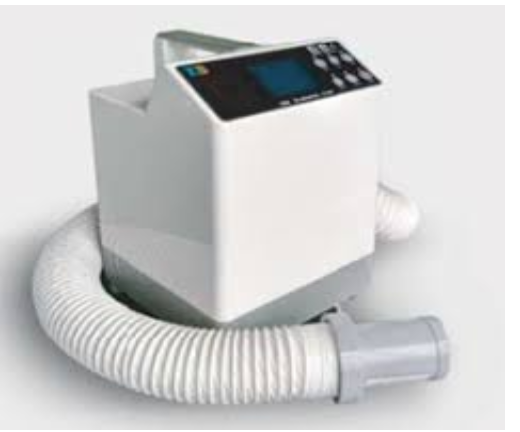
 Image courtesy of Olga Lioncat via
Image courtesy of Olga Lioncat via 